Tenets of Trauma
Narrative treatments of three 20th century catastrophes
 Sudeep Paul
Sudeep Paul
 Sudeep Paul
Sudeep Paul
 |
25 Dec, 2020
|
25 Dec, 2020
/wp-content/uploads/2020/12/Testoftrauma1.jpg)
A camp for refugees of Partition in Delhi, 1947 (Photo: Getty Images)
The father wakes up and rushes his son as the family readies to abandon their little village in eastern Bengal that had just become East Pakistan. The boy is slow on his feet, stopping to stare out the window. He imagines the trees speaking to him, asking where would, or could, he go, leaving them behind, severing a few lifetimes’ worth of ties. The son’s hesitation, his as-yet unformed sense of uncertainty (and perhaps a nascent fear of the unknown), are a perfect counterpoint to the father’s impatience and conviction that what awaits them is better. What was there to see in this marshy hell? Where they were going, their new land, their own country, was the real deal. What’s more, the boy would ride a train for the first time!
Achintya Kumar Sengupta’s (1903-1976) poem ‘Udbastu’ (the refugees or the evicted, and there’s a brilliant recitation by Kazi Sabyasachi) reversed the roles. The young son’s regret and sense of a loss he already suspects would be irreparable. The father in denial, blustering. The shorthand for the older generation’s affliction—having coursed through the hands of poets, novelists, artists, photographers and filmmakers for four decades—could be summed up in a sentence, as in Nabyendu Chatterjee’s mid-1980s film Chopper, when the adult, surviving son, Rajat, asks his father what’s his greatest regret and the father replies: “The day India was divided in two.”
Living and working through a pandemic, on a scale not seen since 1918, has been traumatic and revelatory. That understatement should do. No resident on this side of the subcontinental border with familial roots on the other side could help but be shaped by an inherited loss and the trauma still shared in the blood. Partition became the ur-narrative even when you were not there. A second-hand pain that had eclipsed other, older stories of origin (as Ardeshir Cowasjee had complained of the Pakistani mullah: for this lot, the world began in 1947). Since then, there have been wars and natural disasters, epidemics and assassinations, economic crises and changes in weather. But the high watermark remains Partition, against which every catastrophe must be weighed, however unfairly. Thus the measure of the Covid-19 pandemic; qualitative differences in fundamentals and non-sequiturs in particulars notwithstanding.
Trauma theory is still rather new, with trauma studies ‘agreed’ to have begun in the US in the early 1980s when the American Psychiatric Association categorised war trauma under the diagnosis of post-traumatic stress disorder (PTSD), although the clinical study of trauma had begun in Europe in the 1860s. Trauma narrative, however, is as old as narrative itself and trauma theory has been liberally applied retrospectively. Laterally, it has also been extended to victims of violent crime, sexual abuse, racial discrimination, etcetera. Whichever way its scope expanded, Holocaust survivors and our own Partition displaced came under its ambit.
Jeffrey C Alexander’s controversial Trauma: A Social Theory (2012) looked across time and space—the Holocaust, Partition in the subcontinent, Maoist China—and concluded that trauma is not confined to the psychological predicament of the individual but is, often at the same time, a collective experience. That’s one reason societies or nations remain obsessed with the past.
Now, the idea of trauma as a collective experience is not new. Jews running from pogroms in the Pale looked back even as they arrived on Ellis Island and remembered that what bound them together was Schicksalsgemeinschaft: they were a community, a race linked by fate. It was a link of memory. And it harked back to an even older (and collective) trauma. The trouble with coming to terms with the past begins closer home and with the question: Should you come to terms with the past at all? And even if an individual reconciled with trauma, closure for the victim or absolution for the perpetrator could still elude the collective. They could forget and move on, but that did not mean it would go away. More likely, denial helps a society survive while the individual remains trapped in the memory. Literary trauma, at least, would not be the same otherwise. Consider the suicides of Dr Selwyn and Paul Bereyter in WG Sebald’s The Emigrants (1992, trans. 1996) and juxtapose their failures to come to terms with the past against Max Ferber’s narrative of what the Holocaust did to his family. (When Primo Levi threw himself from his third-storey landing in 1987, Ellie Wiesel had told La Stampa: “Levi died at Auschwitz 40 years later.” Wiesel himself would live to be 87.)
To stay with Sebald, one of the greatest literary talents of the last century whose life was unnecessarily cut short, the complexities of coming to terms with the past or even attempting to grasp it is a mined landscape in Jacques Austerlitz’s story told over 30 years. Yet, as Austerlitz (2001, published a month before Sebald died) shows, memory is a bigger entity than trauma and resides in the collective—including museums and libraries—and the individual, so often, has to retrieve that memory from the collective and then decide if it has the answers. And when that collective, archived memory does not exist, or cannot be accessed, or has been erased, we have Anna Akhmatova’s lament:
I’d like to call you all by name
But they’ve removed the list
And there’s nowhere else to look
Trauma is quite often internalised and lived, paradoxically as the mind shuts out what cannot be lived with. Aaron Reichenbach (Maximilian Schell) in Fons Rademakers’ Der Rosengarten (1989) will not/ cannot speak German (once his tongue) at his trial for attacking a former Nazi at the Frankfurt airport. Reichenbach had survived the Holocaust as a child (and now lives in Argentina) but his sister Ruth had not. When the prosecutor mocks him for refusing to speak the language of Goethe and Schiller, Reichenbach’s public defender Gabriele Schlüter-Freund (Liv Ullmann) retorts that it’s also “the language of Hitler, Himmler, Göring, Eichmann!” So how could the German state expect him to speak it? Reichenbach’s personal verdict on history is total: he has unlearnt his language. But that doesn’t mean he has come to terms with the past.
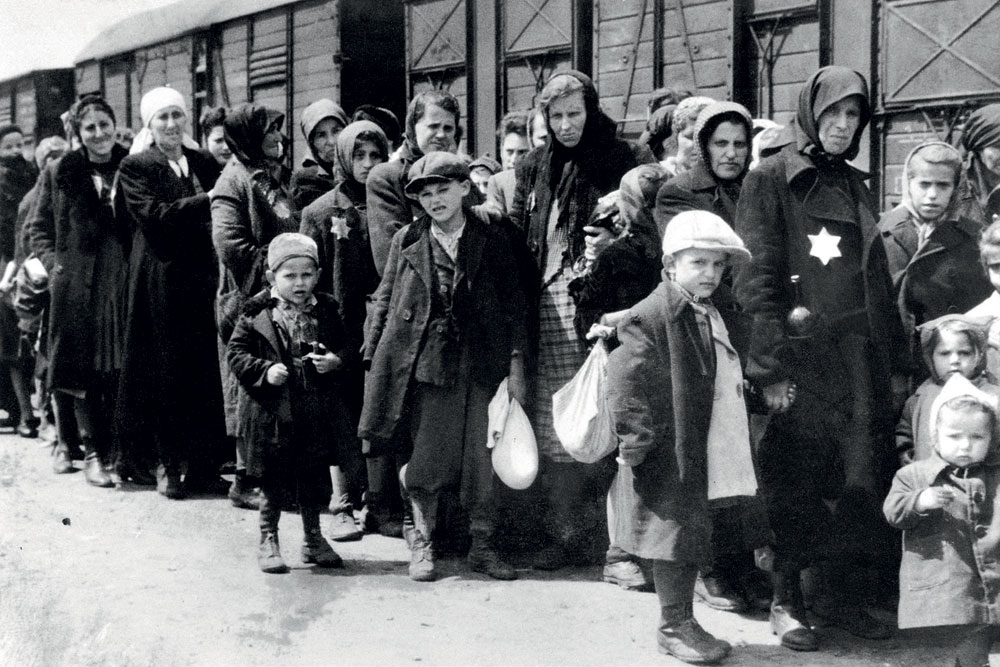
Partition in this part of the world and the Holocaust in human history are our benchmarks for measuring collective suffering. Distasteful as that might sound—comparative pain—some collective experiences are bigger than others. As we look back at our own collective experience of a year’s lived trauma, tweak the facts of 2020 in 2021, and a new pandemic fiction takes shape, it would be important to remember that. And, perhaps more importantly, not to lose sight of another fact: that trauma itself is not truth, rather the colouring taken on by truth on reflection. Kirby Farrell, who had examined trauma ‘both as a clinical concept and as a cultural trope that has met many different needs,’ argued that ‘as an interpretation of the past, trauma is a kind of history. Like other histories, it attempts to square the present with its origins. The past can be personal or collective, recent or remote: an artifact of psychoanalysis or an act of witness; a primordial myth or a use of ancestral spirits to account for misfortune or violation’ (Post-traumatic Culture: Injury and Interpretation in the Nineties, 1998, emphasis added).
IF AUSTERLITZ, for example, in the exploration of individual and collective archived memory tools, is witness to, and the reliving, of the trauma of a Europe that no longer exists (the Europe that, along with other things, disappeared with Paul Celan’s ‘your golden hair Margarete/ your ashen hair Shulamit’) through the story of an individual who himself had fled to the UK on Kindertransport, Peter Matthiessen’s In Paradise (2014, again, published the year he died) is an experiment about a rather uncanny experiment. Based partly on Matthiessen’s own retreats in Auschwitz, the plot brings together a handful of characters from extremely diverse backgrounds in a former death camp in Poland. They are expected to observe, understand and bear witness. On the ground of the slaughter, they understand less about the Holocaust than they are forced to look into their own selves. Their reactions thus are not what each might have expected even of himself or herself, but they all react. No reconciliation among themselves or with the past, but the present and future seem changed.
Distasteful as it might sound, some collective experiences are bigger than others. As we look back at a year’s lived trauma, tweak the facts of 2020 in 2021, and a new pandemic fiction takes shape, it would be important to remember that
In Aharon Appelfeld’s Badenheim 1939 (1978, trans. 1980), the would-be victims are not given any hint of their fate. As observed by Philip Roth: ‘There’s no news from the public realm that might serve as a warning to an Appelfeld victim, nor is the victim’s impending doom presented as part of a European catastrophe. The historical focus is supplied by the reader, who understands, as the victims cannot, the magnitude of the enveloping evil’ (Shop Talk, 2001). Appelfeld’s genius as a writer was his reticence. And Jewish naïveté before and after the Nazis came to power was not counterfactual. In one of the most infamous clichés post-Holocaust, it was also blamed for their predicament. Yet, the signs were there all along. As Bernard Wasserstein writes in On the Eve: The Jews of Europe before the Second World War (2012): ‘In the 1920s the European Jews had presented the appearance of a vibrant, dynamic, and flourishing people. For the first time in their history they were recognized as citizens in every country in which they lived. Especially in western Europe and the Soviet Union, an ambitious, meritocratic middle class was rapidly climbing the social ladder. The best-educated ethnic group in Europe, Jews shone in all fields of science, dazzled in the theatre and literature, and constituted the beating heart of musical life.’ And then: ‘Within the short space of two decades a dramatic change transformed the Jewish position. By 1939, two years before the Nazi decision to commit genocide, European Jewry was close to terminal collapse.’
Jews in Europe were already living a collective trauma before the Final Solution was activated. But their imagination could not countenance the evil about to be unleashed. After the Holocaust, the idea and reality of suffering had changed. The road to analysing the pre-Wannsee communal experience would of course lead through the slaughter. If world Jewry, Holocaust survivors included, had no choice but to confront the past, what about the society that was collectively the perpetrator? Germans refused to look at the present. Even when the war had turned and they, too, were its victims.
In On the Natural History of Destruction (1999, trans. 2003), reworking his lectures on literature and WWII air raids, Sebald says: ‘…it is true that of the 131 towns and cities attacked…many were almost entirely flattened, that about 600,000 German civilians fell victim to the air raids, and…three and a half million homes were destroyed, while at the end of the war seven and a half million people were left homeless…’ And yet, ‘The destruction, on a scale without historical precedent, entered the annals of the nation, as it set about rebuilding itself, only in the form of vague generalizations. It seems to have left scarcely a trace of pain behind in the collective consciousness, it has been largely obliterated from the retrospective understanding of those affected…’ (emphasis added). Sebald cites Alfred Döblin: ‘People walked “down the street and past the dreadful ruins as if nothing had happened, and…the town had always looked like that.”’ The state, society and the writer came together in a pact: ‘There was a tacit agreement, equally binding on everyone, that the true state of material and moral ruin in which the country found itself was not to be described.’ This refusal was the reason for the failure of the very German task of Vergangenheitsbewältigung post-war, because of the ‘extraordinary faculty for self-anesthesia shown by a community that seemed to have emerged from a war of annihilation without any signs of psychological impairment.’ (emphasis added).
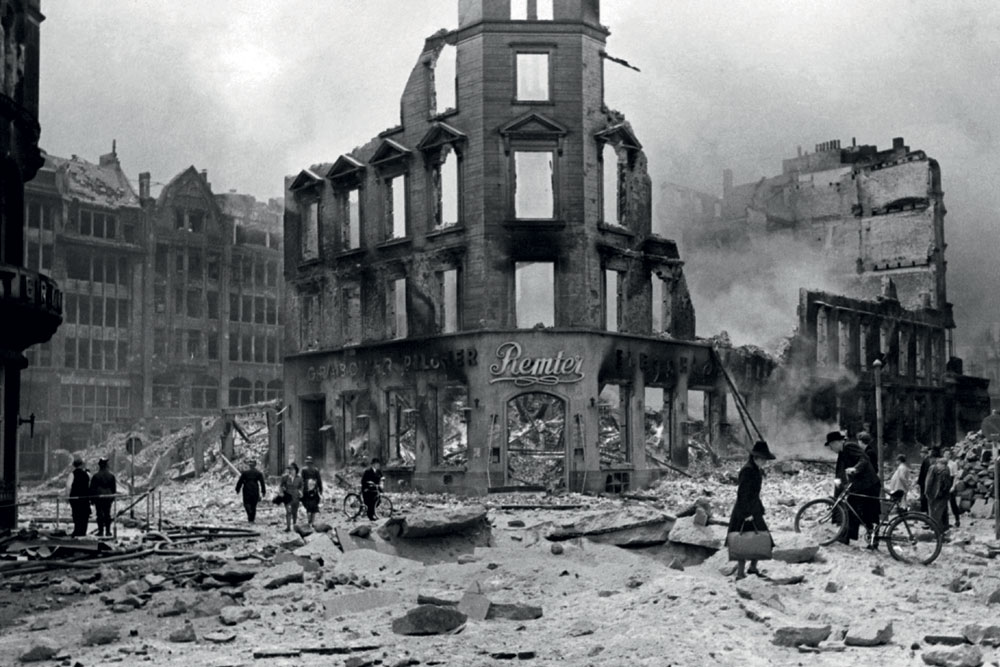
Nevertheless, there were shafts of light in the rubble of post-war German letters. If Hans Fallada’s Alone in Berlin (or Every Man Dies Alone, 1947, trans. 2009), made into the movie starring Emma Thompson, Brendan Gleeson and Daniel Brühl in 2016, was an exception (the novel’s timeline ends in 1942 and was ignored in the Anglophone world for six decades for lack of a translation), another example of a notable exception would be Heinz Rein’s Berlin Finale (1947, trans. 1952, 2015 and 2019), which was one of the first bestsellers of the post-war period of rebuilding and an exemplar, and yet outlier, in the Trümmerliteratur (rubble literature). Sebald is justifiably dismissive of the larger body of the ‘rubble literature’ and Rein’s work is marred by his then commitment to a socialist worldview, but it is as close as Germans could have come in fiction to seeing things for what they were in the last days of the war.
On the whole, the failure to come to terms with the present was the reason for the failure to come to terms with the past. From the mid-1970s, the advent of Väterliteratur attempted to alter the narrative, looking into the culpability of the older generation, the parents, who had successfully eluded moral responsibility through silence. Assumption of responsibility and understanding their role as perpetrators was essential for Germans to earn the right to see themselves as victims. For the first two decades at least, helped by the economic magic, West Germans could remain in denial and, soon, it was too late. In the East, communist totalitarianism had made Germans conveniently attribute the atrocities of the past to Nazi totalitarianism and thus absolve themselves.
Trauma itself is not truth, rather a colouring taken on by truth. It is an interpretation of the past. A kind of history. To study it is to bear witness: to oneself and to others. To see how we come to terms with the past
Anne Whitehead’s Trauma Fiction (2004), in studying Pat Barker, Toni Morrison, Sebald, among others, brought together trauma theory and the literary text in ways that still remain enlightening and expandable. Trauma affects both content and form, but perhaps her most significant pronouncement pertains to what trauma studies do beyond medical practice (and in that, bring in the role of literature): ‘trauma studies work against medical reductionism by exhorting practitioners to attend to a voice which is not fully known or knowable, and to bear witness’ (emphasis added). Without that need and purpose, there would be no trauma fiction. Of course, one of the first things trauma studies grasped was where Freud had left off—recanted and subverted what could have been a good thing—and demonstrated that even in speaking out and about trauma, in the collective remembering and attempts at reconciliation, there was always someone left out, someone privileged over others. Thus the prolonged collective trauma of Blacks in the US, of women universally at all times, of the further marginalised within the circle of victimhood.
Correcting the gendered and racial omissions in the remembrance of trauma in trauma narratives is a work-in-progress. Accepting the great danger in reductive applications of our contemporary worldview to the past—when we go smashing every statue in sight—it nevertheless is more than a matter of curiosity to ask, say, how does the most important work of Depression Era literature, James Agee’s Let Us Now Praise Famous Men (1936, with photographs by Walker Evans) stand the test of time? This book, above all—because it is a masterpiece of journalism and one of the most humane products of literature in an inhumane century.
Partition narratives were the original candidate for postcolonial trauma theory. One of Partition’s most poignant narrative treatments, Ritwik Ghatak’s Meghe Dhaka Tara (1960), layers the collective trauma with the more excruciating but silenced gendered trauma within that and then leaves us with an utterance that first became a legend and then a joke: “Dada, aami baanchte chai (Brother, I want to live)”. Now, that says less about the narrative than about us.
The pandemic will leave us one day but it will leave us with a question: How will we find the words to remember this trauma of our time for those to come after us? And another: How will we find the right words to remember this trauma for ourselves? Perhaps we have already said too much. 2020 or 2021 is not 1945 or 1947 or even 1999. The pandemic has been global in a way even World War II was not. But there cannot be any real comparison when bombs don’t fall on us and our cities are not reduced to rubble or we are not put on a train to the extermination camp. We got instant information from almost every corner of the map. The daily updates of the global death toll or even the total number of cases had long ago overwhelmed us and we came to live with it. And yet, we have understood little of our suffering and that of others qualitatively. What has made each story is an individual tale of grief. But no home is a stranger to death and disease and thus to the grief of death, including by disease.
The individual’s story has been traumatic because of our collective trauma, elevating it beyond everyday disease and death. But those smaller stories within the big story are already fading. What will be told this time next year and beyond will only be those that find new voices. And they will be only interpretations of the past, or alternative histories. Like all of humanity’s great plague literature.

/wp-content/uploads/2025/06/Cover-OpenMinds2025.jpg)






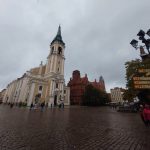
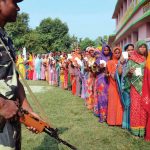

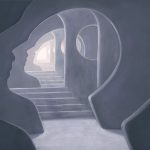


More Columns
Puri Marks Sixth Major Stampede of The Year Open
Under the sunlit skies, in the city of Copernicus Sabin Iqbal
EC uploads Bihar’s 2003 electoral roll to ease document submission Open